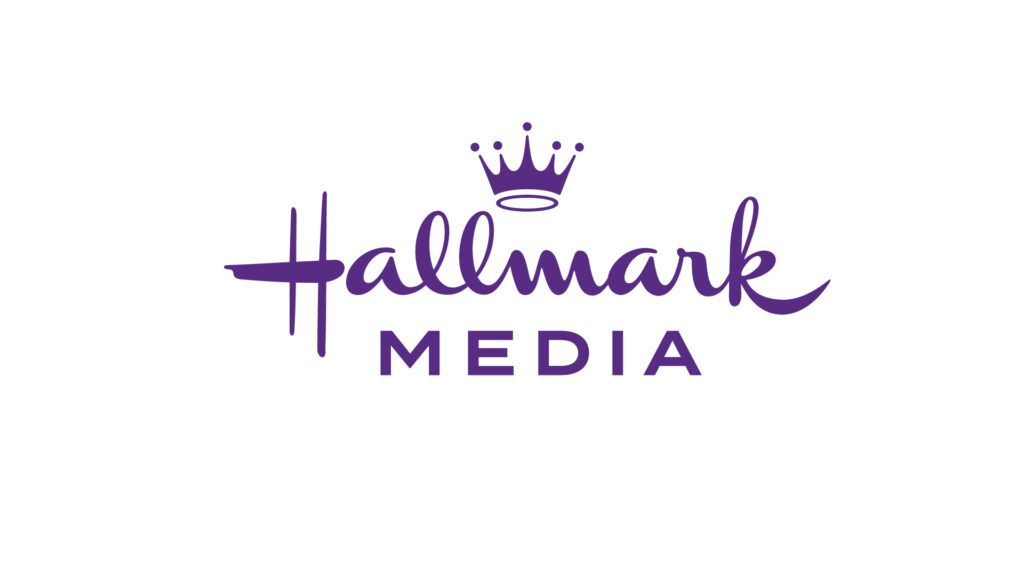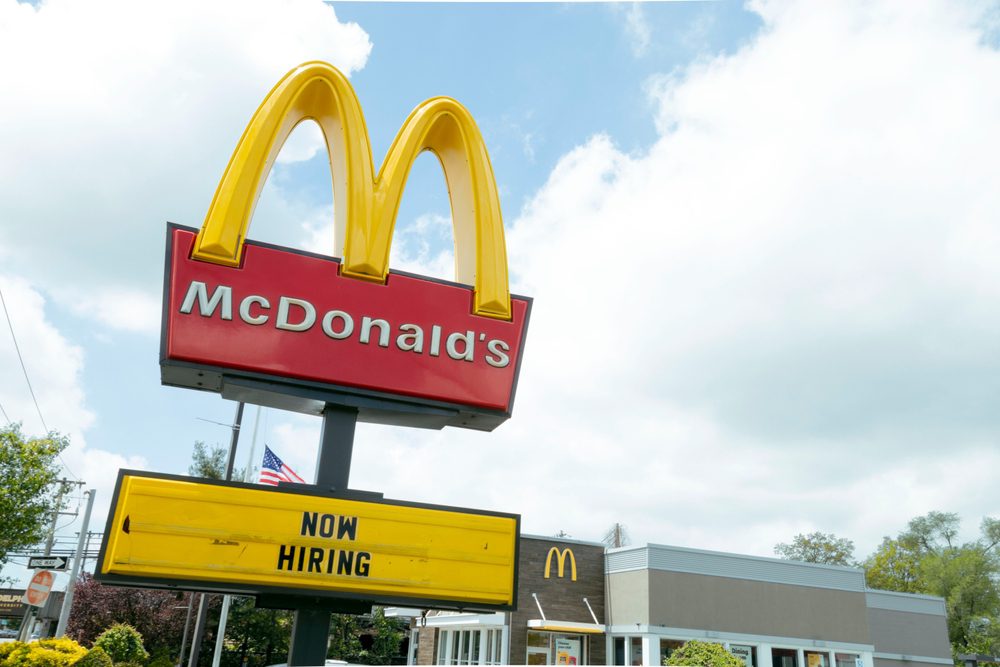If you’ve ever used a digital video recorder, you know why the technology continues to grow in popularity. DVRs such as TiVo, ReplayTV, and UltimateTV let you watch what you want when you want without commercial interruption.
It no longer matters that your favorite program is on at the same time you want to work out, take the kids to soccer practice, or sleep. With DVRs, they’re recorded and saved on what amounts to a computer hard drive for viewing when you have downtime. With a few clicks of the remote, you’re watching your favorite daytime program at 10 p.m. — and fast-forwarding through those annoying commercials.
While this TV revolution is still in its infancy, it is having a profound impact on marketing. Advertisers are closely watching the installed base of DVRs grow, while TV networks are trying to find legal means to block the technology.
The burning question has become, “How do you get a marketing message across when consumers have the ability to skip right over it?” Right now, the experts aren’t anywhere close to reaching a consensus answer.
One of the hottest debates is over the concept of blending content with marketing messages. TV (like all media) has claimed a separation between “church and state,” although it was born in the 1950s through a blatant mingling of the two. Now, product placement is gaining a significant role within programming. From the cars the actors drive to the supplies contestants receive on Survivor (a show that really pushed this envelope), more advertisers are turning up between the ad breaks.
The infomercial format is flourishing, and networks are struggling for “new” ideas. Despite some backlash, can the “Coca-Cola Hour” be far away? Nope.
Plan in Motion
In case you missed the June 14 article in The Wall Street Journal entitled “Ad Giant Interpublic Shops for Literary, Talent Agencies,” here’s the recap: IPG has hired investment bankers Allen & Co. to help it buy talent and literary agencies. Why? Because IPG wants “to feature clients’ products as part of the entertainment.” The article cited DVRs as a driving force behind the agency’s move. (The other was cluttered airways.)
At the same time, DVR makers are plotting their own revolution. Rather than paying millions of dollars for a few 30-second spots during this year’s Super Bowl, TiVo created an infomercial starring former football great Joe Montana and streamed it at night over subscribers’ telephone wires (which normally are used to provide program updates and report back “favorite shows” to the central TiVo database). In this brilliant move, TiVo armed its fanatical users with an engaging way to explain what TiVo is to guests of TiVo-enhanced Super Bowl parties.
UltimateTV, meanwhile, has e-mail and Web functionality that lets advertisers send messages and special offers directly to interested subscribers. Beyond the traditional opt-in list activity, specific messages can be requested by subscribers who watch enhanced commercials and are interested in more information. Commercials that attract attention can propel consumers immediately to a Web site.
Even consumers who don’t currently own a DVR have been witness to this new form of message delivery. Take BMW Films: incredible films created by famous directors starring various BMWs — not blatant infomercials, but engaging programming built around the product.
Don’t be fooled into thinking this revolution is just another case of the TV industry crying wolf. This is not another “You Will” campaign from AT&T, where great technology is “just around the corner.” This trend is already reshaping the marketing industry.
Bill Carmody is chief marketing officer of Seismicom, San Francisco. Reach him at [email protected].
 Network
Network



